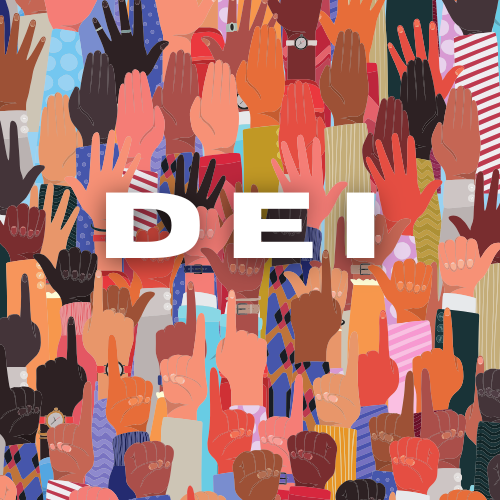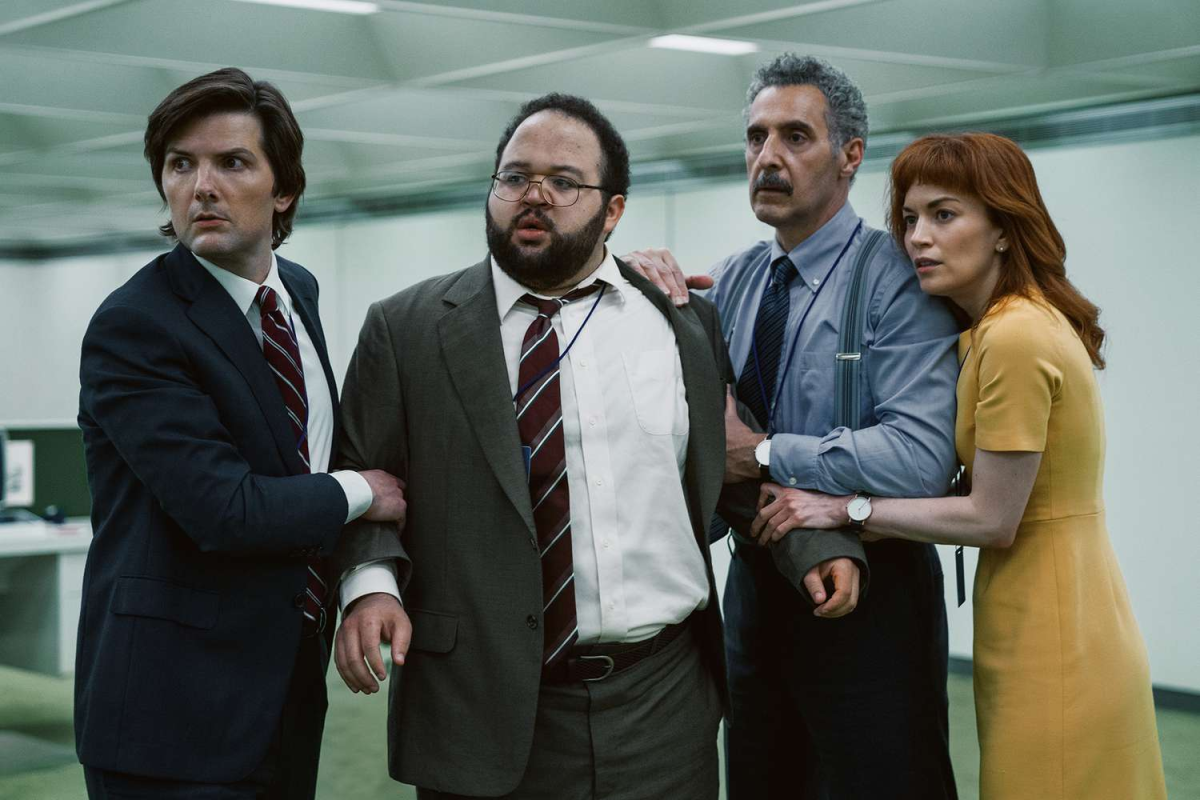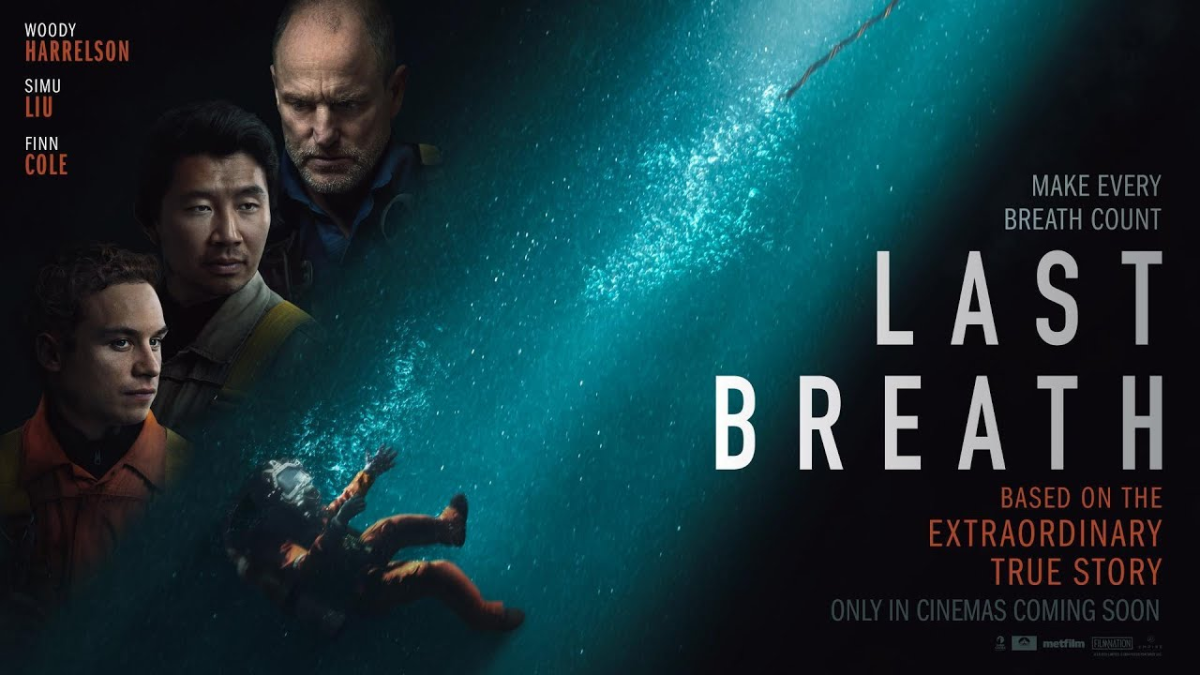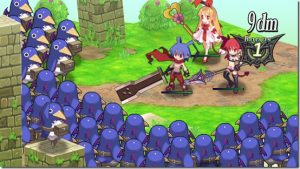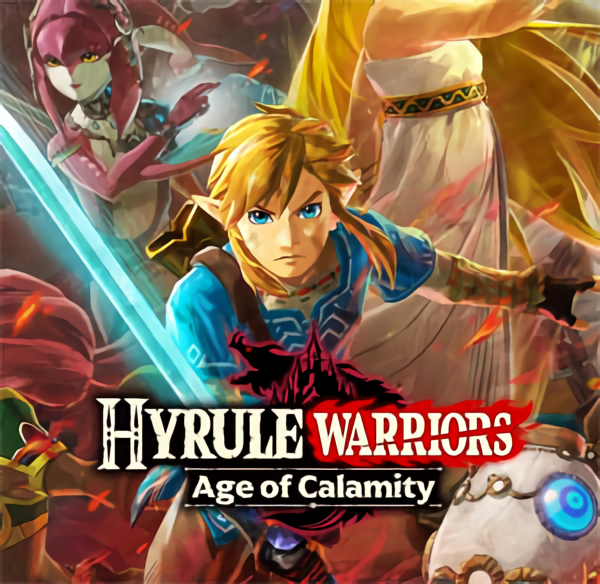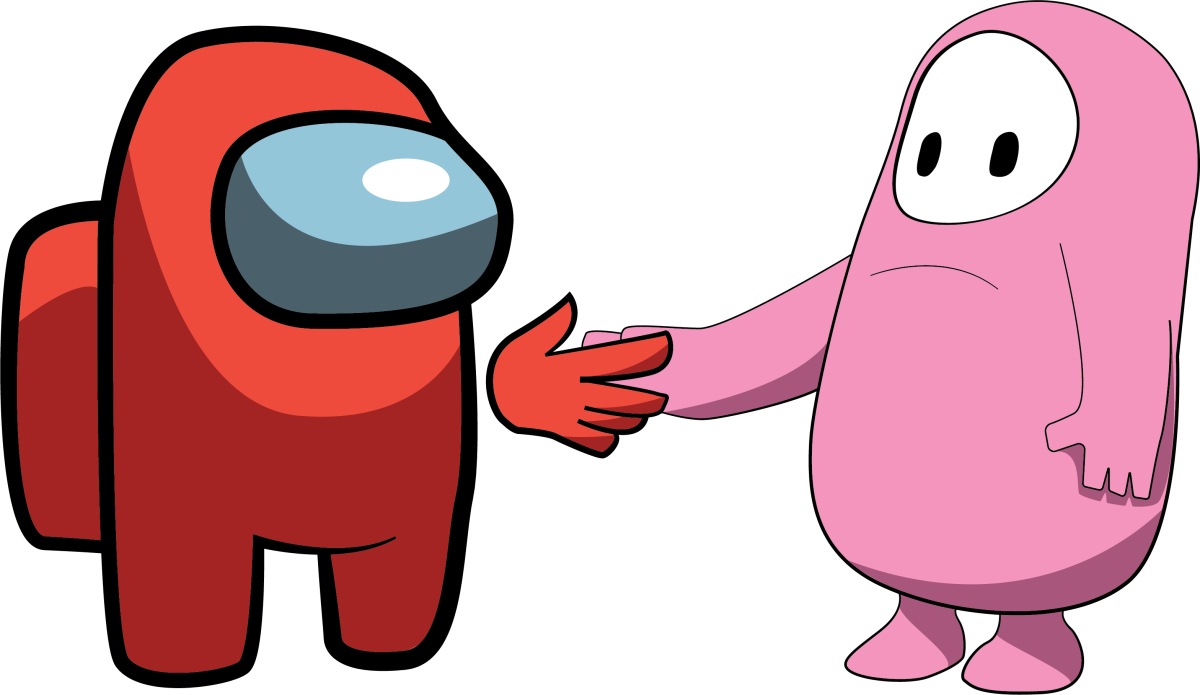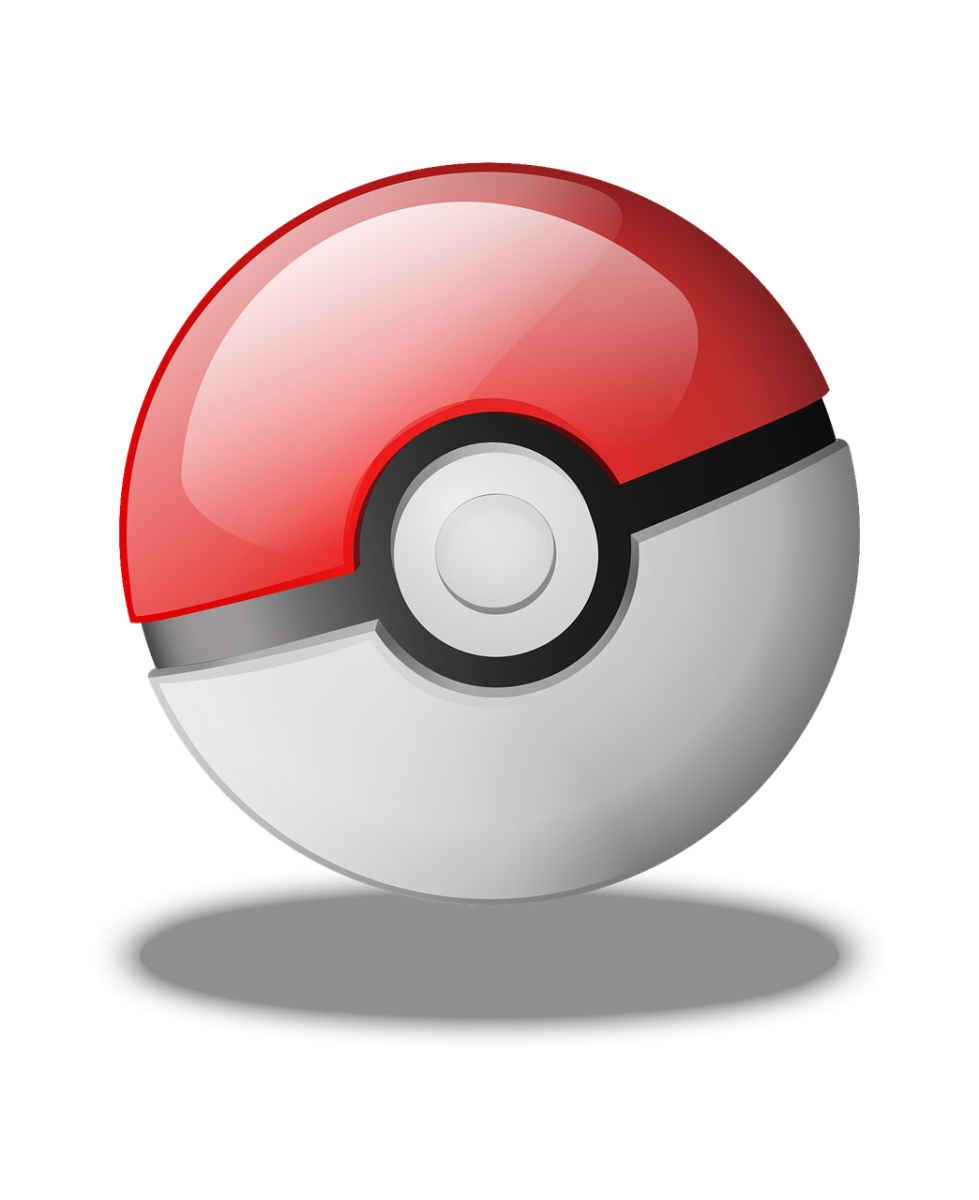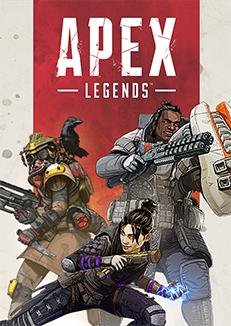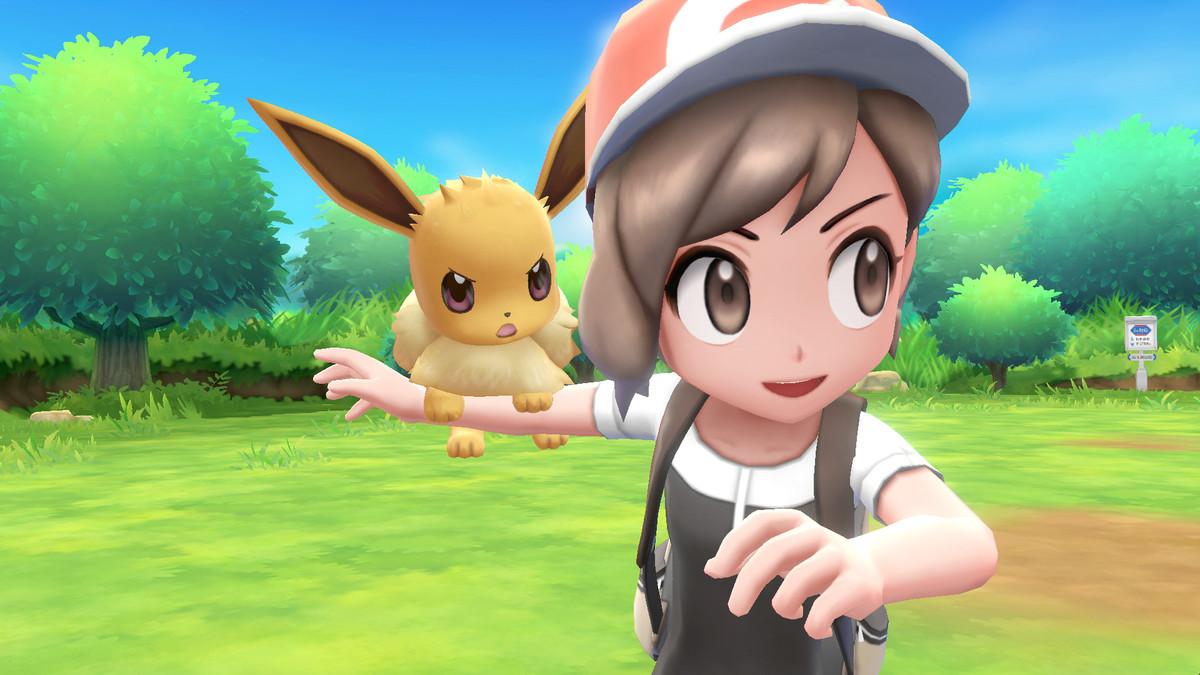Time to take over the world again, Prince d00d!
Disgaea D2 is the newest entry in the long standing strategy RPG series by NIS (Nippon Ichi Software). As the 5th entry in the popular series (notwithstanding the 3 side hand held games), this outing is the first direct sequel to the original. Following the lives of Laharl, Flonne and Etna after their adventures in Disgaea: Hour of Darkness, D2 tells an interesting tale of a demon prince turned overlord and his quest for power. It’s full of parodies and self-referential humor, never taking itself seriously for a second, which leads to an interesting game that can easily last hundreds of hours. Is this RPG the game for you? Read on to find out.
As I touched on above, in D2 you play as Laharl and his friends/vassals Flonne, a fallen angel, and Etna, his demon aide, right after the events of the first game. Having fought his way to becoming the new demon overlord, he is upset at the realization that no one still knows who he is. In order to rectify this, he does the logical thing: destroying the stars, one at a time, thinking that a display of power will bring him the fame he desires. After that plan falls through, Etna decides to go a more practical route by creating a myriad of statues in his honor and erecting them throughout the Netherword. However, soon after a demon comes along and begins to destroy each statue in order to prevent Laharl’s ascension into power; this serves as the main driving point for the plot. If it sounds like a silly premise for a plot, that is because it is. To the game’s credit, the story is full of odd twists, each funnier than the last. Aside from the main theme of wanting to become overlord, each sub plot is short and provides enough laughs to make the overall story arc an enjoyable experience.
The strongest aspect of D2, as with its predecessors, is not the story, but the gameplay. D2 has one of the deepest systems of any strategy RPG out there. Characters that you create, join with via story, or download via DLC fight on various types of maps in a grid layout system (think Final Fantasy Tactics). On these maps, you can choose any 10 characters, each with their own specific evilities (traits) and weapons, to defeat all enemies on the map. What is unique here is the sheer amount of methods at your disposal to fight enemies. You can go all out physical and surround your enemy with attacks and team combos, or go for a more magic based fight and fight from afar. You can equip guns and bows and attack from the far ends of the map, or swords and axes if you like to get up close and personal. No matter what you do, you gain experience, which is shared among your active battle participants, and this further increases the effectiveness of your party. Say you summon a monster and fight with it alongside you often. In addition to riding the monster around the map, you can engage in mounted combat with skills changing dependent on the relationship between you and the monster. There is a lot to wrap your mind around during combat, and although the game kind of skims over this in the tutorial,you will be able to beat enemies to a pulp in glorious 3D animation using special abilities, magic, and team attacks and in glorious 3D animation.
Aside from combat, the game also has a lot of additional content wrapped inside each nook and cranny. Every item in the game contains a world inside of it, called an Item World. You can venture into each item and beat the denizens of the item into submission in order to level up the overall stats of the item in hand. If you have a sword you like and want to make stronger, you’d hop into the weapon, beat everyone up, and come out with a stronger weapon. Somehow. There is a meta game called the Dark Court, wherein you can use funds (called Mana) saved up from various fights in order to pass new laws into the game that affect different stats like making enemies stronger, weapons cheaper, money-earning faster, and so on.
Bottom Line: There are hidden secrets, tons of content to unlock after the main story arc ends, and loads to do outside of battle that I haven’t even touched on. That said, NIS did not improve much aside from updating the graphics (finally) and refining the overall experience with small touches such as character conversations during battle. If you are a fan of games like FF Tactics, Ogre Battles, or the other Disgaea games this is definitely worth it, as there is enough here to make sure you are not bored from the 9999 level grind. For everyone else, I would suggest passing over this, as a lot of what this game offers may be lost to you.
Next Review: Pokemon X and Y


